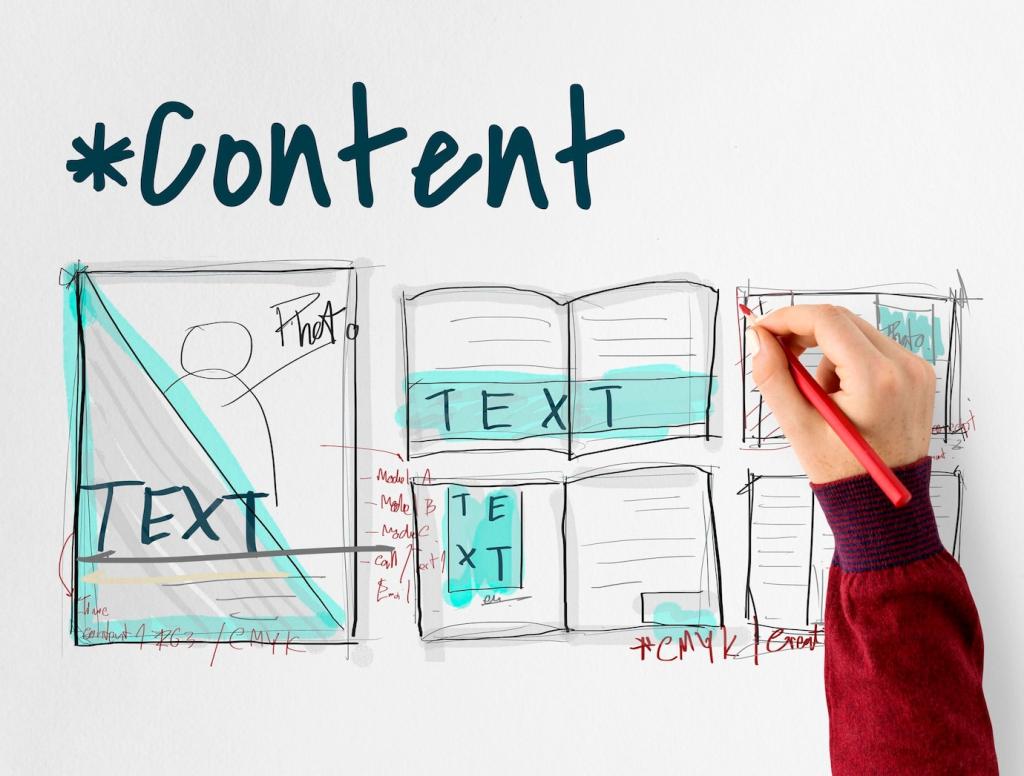Tell Visual Stories with Words and Images
Describe what wasn’t working—light, flow, storage—then explain the design moves and their emotional impact. Pair each photo with a short caption that reveals one decision, teaching readers to see beyond aesthetics and imagine similar solutions in their own homes.
Tell Visual Stories with Words and Images
Use your own photography, collaborate with photographers for credit lines, and confirm rights for any vendor images. Include alt text that supports accessibility and search, while maintaining a refined tone that respects the artistry of your project work.


